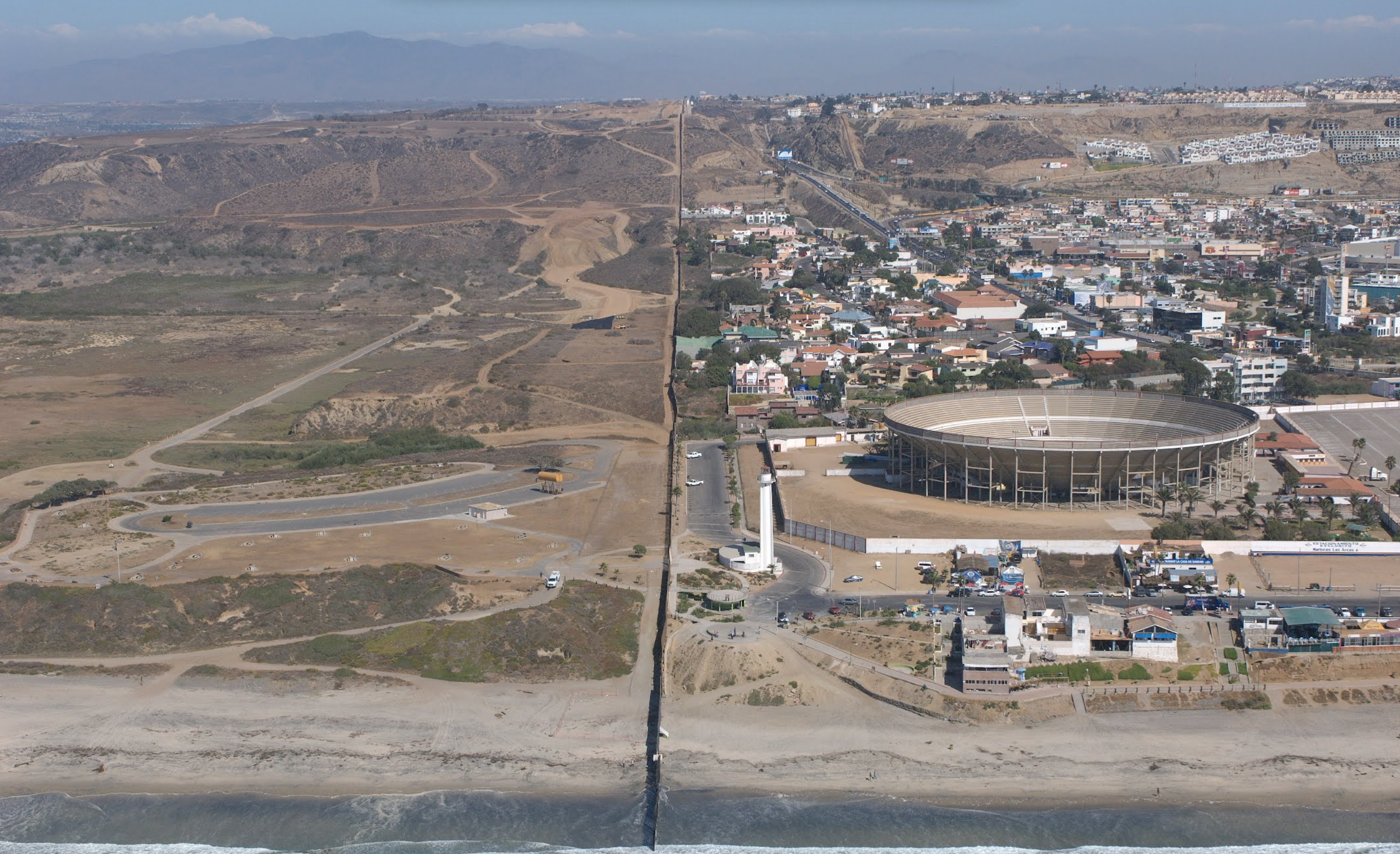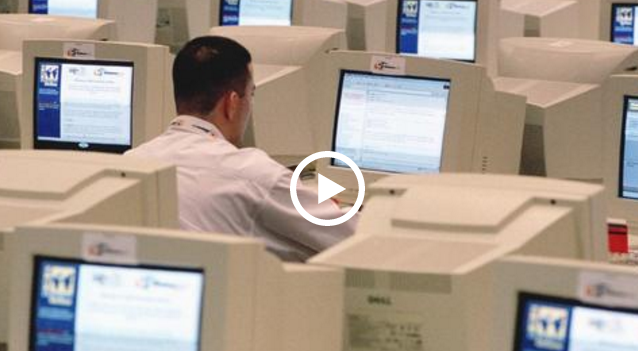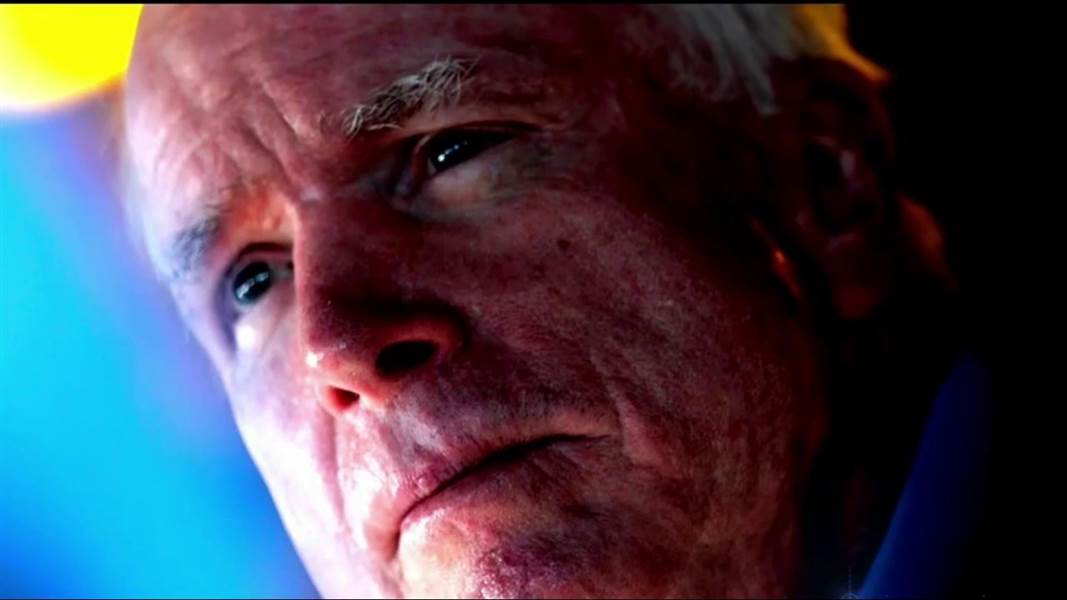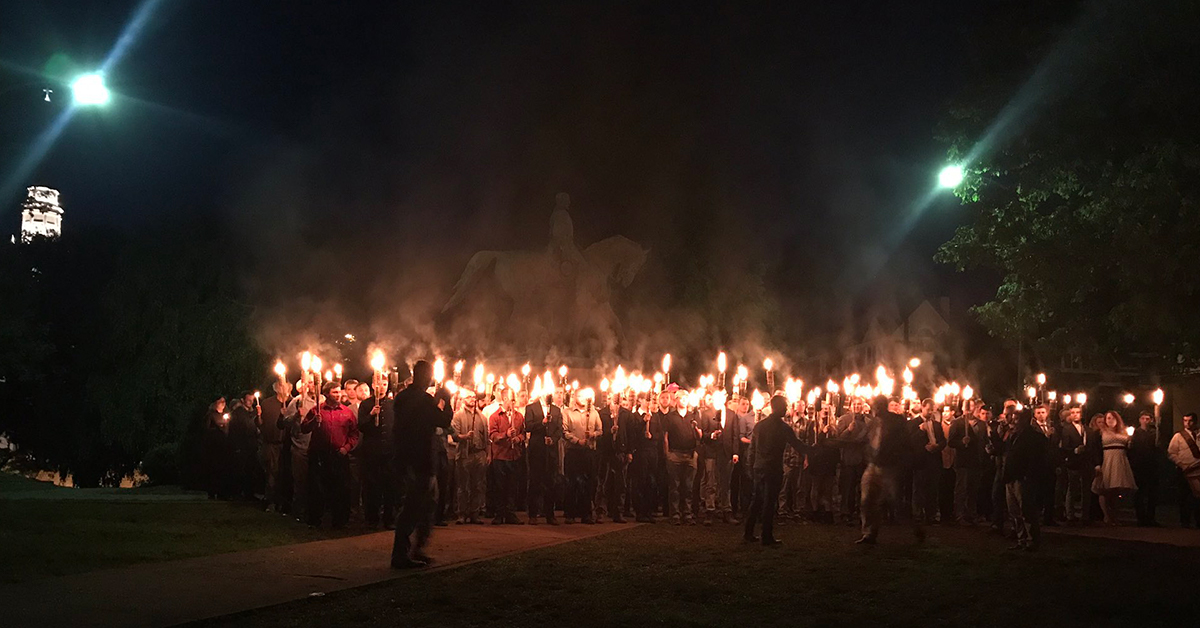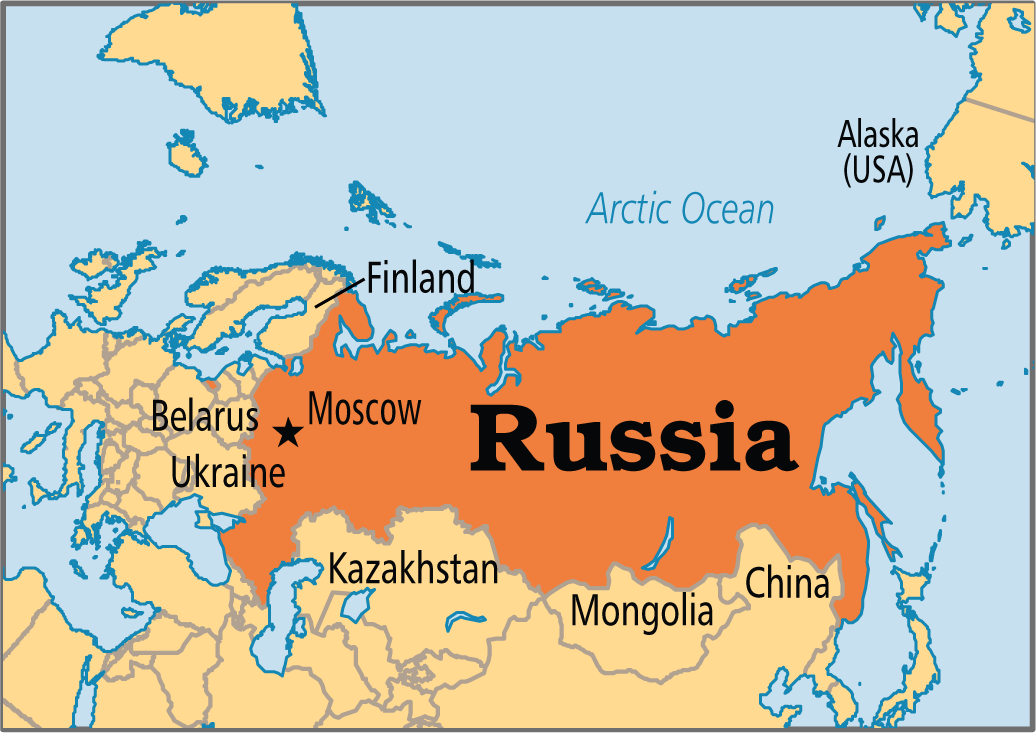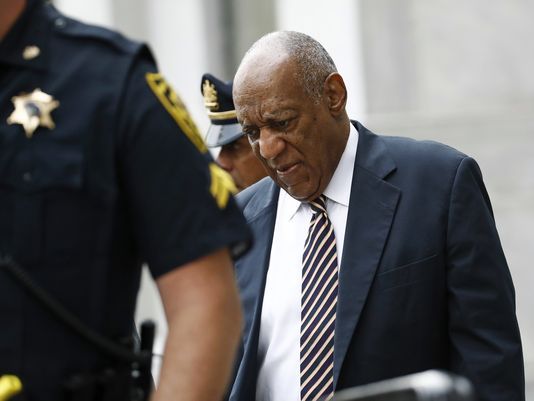WASHINGTON — Sen. John McCain promised Thursday that he’ll “be back soon,” but there could be significant national political implications if the Arizona Republican leaves office following his brain cancer diagnosis.
Arizona law requires Republican Gov. Doug Ducey to appoint a member of the same party to fill a Senate vacancy until the next regularly scheduled general election, which would be in November 2018, the secretary of state’s office confirmed to NBC News.
McCain won re-election last year, and his seat isn’t supposed to be contested again until his term ends in 2022.
But if he were to leave office before the midterms, Arizona would have two simultaneous Senate elections in 2018 — which is extremely rare — and Democrats would likely contest both seats aggressively.
A doubleheader in Arizona, where voter demographics are rapidly changing, could even raise the longshot prospect that the Democrats could win the three seats needed to flip the Republican-controlled Senate next year — something currently seen as virtually impossible. The odds would be exceedingly difficult, however, because the Democrats also would have to hold every seat they’re defending.
Senate Democrats in general are facing a terrible election map in 2018, forcing them to focus on stemming losses rather than winning Republican-held seats.
They’re on offense in only two places: Nevada, where Sen. Dean Heller is considered the most endangered Senate Republican, and Arizona, where Democrats are planning a tough challenge for Sen. Jeff Flake (although they’ve yet to find a top-tier candidate).
Arizona hasn’t elected a Democratic senator since 1988. But because of changing demographics, Hillary Clinton came closer to winning Arizona (3.5 points) than she did to winning swing states like Ohio (8 points) and Iowa (9 points). And she improved considerably on Barack Obama’s margin in Arizona, even while underperforming him in most other places.
The state’s growing Latino population is becoming increasingly politically active, with the number of Latinos who said they voted nearly doubling from 291,000 in 2008 to 550,000 in 2016, according to one estimate.








